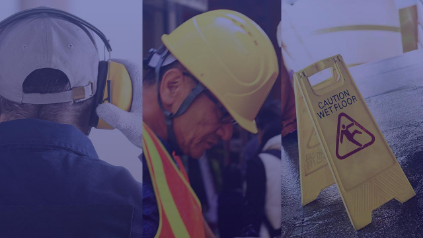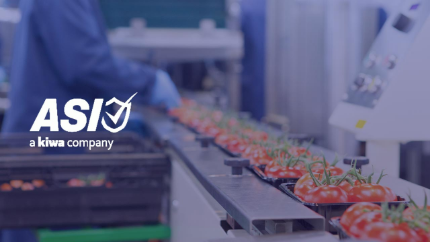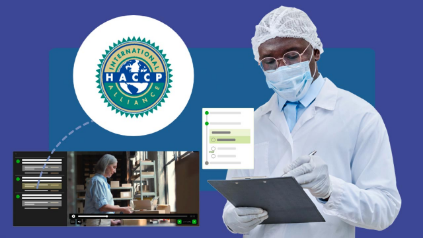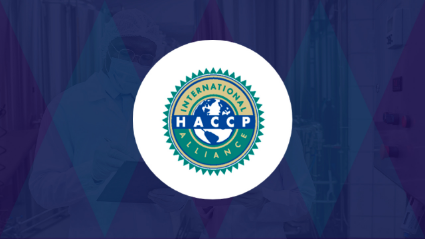Prevent Recalls:
A Guide to Internal Audits
A U.S. Department of Agriculture report in January detailed a litany of sanitation problems at a Boar’s Head facility in Virginia that contributed to a deadly Listeria outbreak that left 10 dead and dozens hospitalized across the country in 2024.
The report stated that inspectors found several examples of glaring sanitation problems. These included meat and fat left on equipment from the previous workday, condensation that dripped onto meat products, and cracked and broken holes that could contribute to wet conditions in the workplace.
The outbreak clearly illustrates the need for strict workplace food safety measures. But it also highlights one of the most essential principles of food safety - a proactive approach is always better than a reactive one.
In this free Rootwurks guide, we discuss how regularly going through your operations with a fine-toothed comb helps prevent food safety incidents and can mitigate the risk of a potentially devastating contamination outbreak or food safety recall.
What is an Internal Auditing Program?

"An internal audit is (or should be) an intensive assessment of all elements making up the food safety management system; it is not merely
an 'audit."
Richard F. Stier, M.S
Consulting Food Scientist for Food Safety Magazine.
Internal audits ensure all necessary safety and operational procedures have been performed and verified. They also examine the working conditions in a facility and which equipment needs repair or replacement.
A robust internal audit is also one of the key components of the food safety management system (FSMS).
The internal audit must confirm:
- Food safety compliance guidelines are being met
- Recordkeeping is performed as needed
- New regulatory guidelines are implemented as they
go into effect - Corrective actions have been taken for
previous issues - Relevant and required training is being performed
The FSMS requirements are covered by the international standard ISO 22000. The standard requires the implementation of a Hazard Analysis and Critical Control Points (HACCP) plan as well as interactive communication, system management, and prerequisite programs such as pest control and personnel hygiene to help prevent the introduction of food safety hazards and biological, chemical, and physical contaminants to the production process.
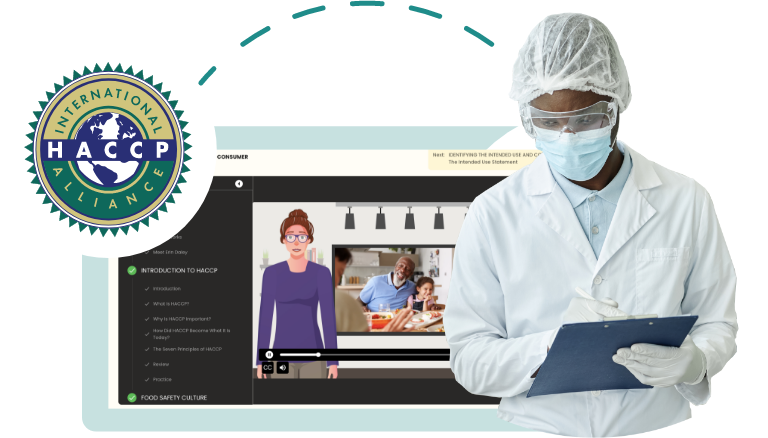
What is ISO 19011?
ISO 19011 is an international standard that provides instruction on auditing management systems like ISO 22000.
ISO 19011 is centered on seven principles:

Integrity:
Audits must be performed with professionalism and objectivity, free of bias.

Fair Presentation:
Audit findings must be accurately and completely reported.

Due Professional Care:
Exercise due diligence and sound judgment during the audit.

Confidentially:
Ensure security and confidentiality when conducting audits.
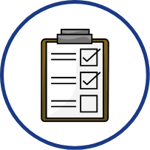
Evidence-Based:
Center all audit findings and conclusions on verifiable evidence.

Independence:
Auditors must be free of conflicts of interest.
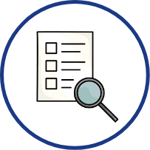
Risk-Based Approach:
Risk identification and assessment must play a central role in the audit.
Why Internal Audits are Necessary
Internal audits are essential for identifying and resolving regulatory shortcomings in your processes before you become subject to an actual compliance audit. Think of internal audits as asking, "Who would you rather find a compliance violation, a member of your team or a state regulator auditing your facility?”

Internal audits are also a very effective way for management to get a closer look at daily operations and how processes can be improved for safety and efficiency. Internal audits help highlight “bad habits” that have become normalized as “that’s just how we do things around here.”
Internal audits help companies:
- Identify ways to improve processes
- Remove bad habits in the production process
- Motivate employees to pursue excellence and high standards
- Reinforce the importance of safety to employees
The Cost of Not Performing Internal Audits
According to a joint industry study by the
Food Marketing Institute and the Grocery
Manufacturers Association, the average
cost of a food safety recall is $10 million - in
addition to lost sales and harm to the
company’s reputation. And if people are
harmed by the products, the costs can be
exponentially higher.
Internal audits help companies find safety
and compliance shortcomings that
endanger employee health and the safety
of products. These can potentially cause
devastating product safety recalls, workers’
compensation claims, and work stoppages.
Even for larger companies, it can be
especially difficult to deal with the fallout
from a product safety recall. But for smaller
companies, a recall, and heavy compliance
fines can be enough to sink the company
before it truly takes flight.

Failure to perform internal audits can result in:

Costly compliance fines

Failure to notice possible contamination risks until it is too late

Product safety recalls

Greater difficulty finding areas of improvement in operations

Higher risk of workplace safety incidents

A workplace with a less stringent safety culture
Internal Audits: How to Get Started
Depending on the size and scope of your manufacturing facilities and production process, an internal audit can be a challenging undertaking.
Here’s how to get started:
Step 1:
Determine your general audit requirements
First, you must determine what you seek to accomplish with the internal audit. Are you trying to meet a specific industry standard? Do you want to focus on ensuring you’re meeting compliance demands? Do you want to improve your recall prevention methods? All of the above? Determine which regulatory and safety requirements you must meet and your overall goals for your internal audit program before you get started.


Step 2:
Carry out a risk assessment
A comprehensive risk assessment will identify key areas of concern that must be addressed in the audit, ideally in order of importance or severity of risk. This also involves assessing your products and the hazards their production process entails.
Step 3:
Build your audit team
Find a trusted and trained team member to be responsible for the overall supervision of the internal audit program. The lead auditor must then task specific employees to oversee various departments or processes. Ideally, people on your team should be auditing departments outside of the ones in which they work. This is for the sake of objectivity and because sometimes, someone from outside a department can better notice shortcomings.


Step 4:
Determine the audit schedule
Your audit schedule will determine the frequency of your audits, what they will cover, and who will be in charge of the auditing process of each part. The audit schedule will be highly influenced by the risk assessment you performed, which will help you determine what needs to be covered, in what order, and how frequently. The audit schedule must include all relevant food safety guidelines the facility must meet.
Step 5:
Prepare your documentation
Collect all the necessary paperwork you need to perform the audit. This includes records of past compliance and auditing tasks, what was carried out and when, and records on employee training. The documentation will allow your team to audit in a targeted, well-informed way, with a record of past procedural actions so you don’t repeat tasks.

What is management's role in audits?
The role of management in internal audits isn’t merely to approve them. Management must also ensure they are performed professionally and that the right follow-up procedures are in place.
Assessment of audit findings:
Develop corrective action plans:
Internal Audits: How to Get Started
Streamline your internal audits and enhance food safety with Rootwurks. Access our comprehensive libraries of mobile-ready training and resources to ensure compliance and a strong safety culture.
The Wurkshop: eLearning Marketplace
Our online shop offers dozens of online training courses - in English and Spanish - that can help your team perform internal audits and build a safety culture that makes auditing far more efficient.
Workplace Safety 101:
A collection of 15 courses covering critical workplace safety issues such as hazard communications, first aid, and ladder safety
Food Safety 101:
A collection of all 13 Rootwurks food safety awareness courses, covering topics such as personal hygiene, food fraud, and more
cGMP for Food & Beverage Course:
Learn current Good Manufacturing Practices to ensure food safety and quality. Gain essential skills for effective cGMP implementation.
Basic HACCP Certification:
Available for only $99, this course provides a certificate and is approved by the Internal HACCP Alliance
Let's Talk Safety
Learn more about how Rootwurks can help your company perform internal audits and train your team for safety, contact our team here.

